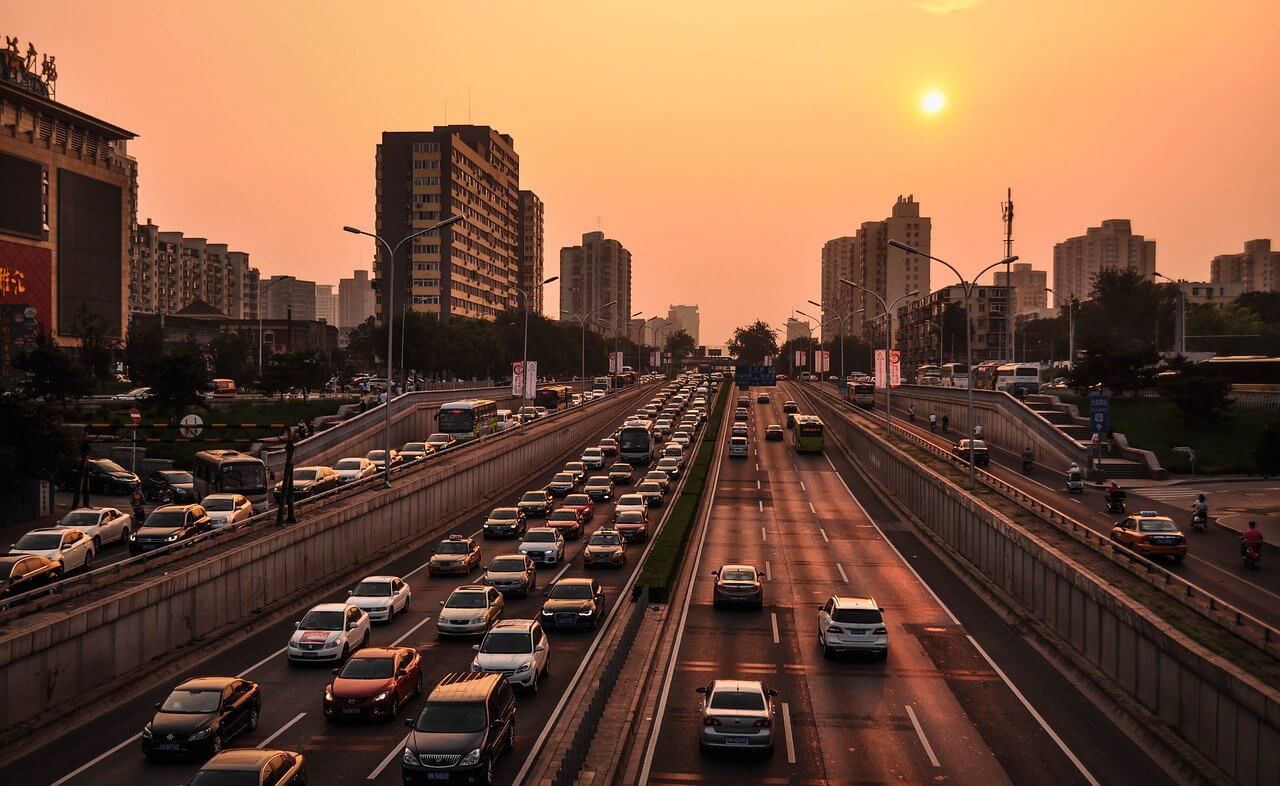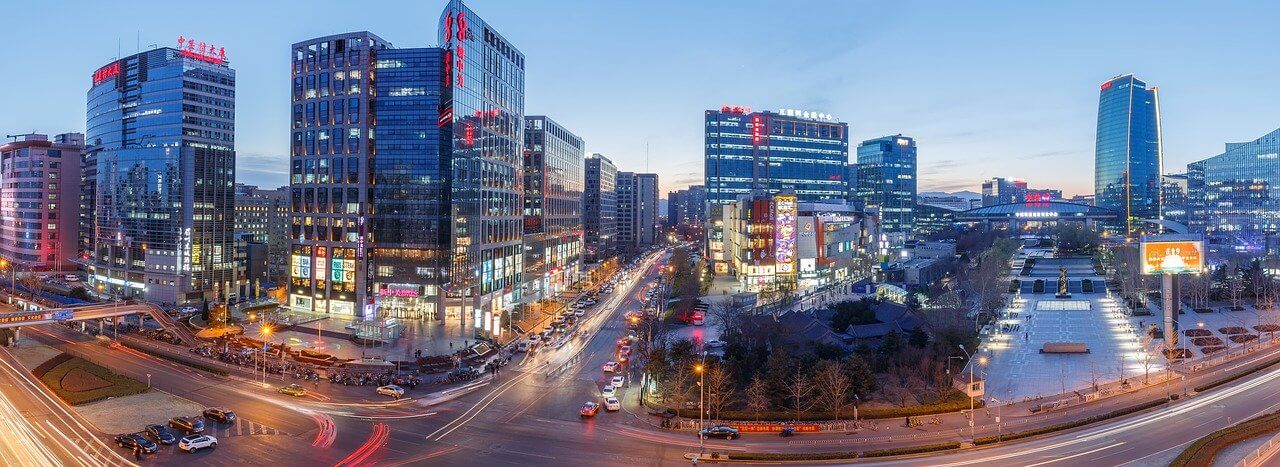China is the world’s largest car market is struggling with a severe slowdown. What is the plan to boost consumption?
Every month since July 2018, China’s car sales and output have fallen dramatically. Inventories are accumulating, especially for cars that don’t comply with emissions regulations.
Beijing is trying everything to solve the problem: unrolling consumption-boosting stimulus plans; building out charging stations and intelligent-road networks to encourage electric-vehicle purchases; and making used-car transactions easier. Still, nothing’s really moved the needle yet.
In the past, Chinese people would need to save cash before buying a car. Increasingly, China is making auto financing even more accessible. Given the car sector contributes around 4% to nominal gross domestic product, this makes sense. But with the country’s financial system teetering, the wisdom and timing of this decision is questionable.
Using credit to boost consumption is nothing new, and China’s auto-financing market is already worth more than 1 trillion yuan ($150 billion US). This figure has expanded in recent years as more consumers turn to lending companies, borrowing platforms and commercial banks to fund vehicle purchases. While the proportion of new car sales backed by auto loans remains relatively low compared with other economies – at about 30% to 40% – it’s growing fast. The market is expected to more than double to 2.4 trillion yuan by 2022.

As China cracked down on lending platforms last year, fears that China’s auto market could face a meltdown started surfacing. Most attributed the steep drop in car sales to credit tightening. Yet even as purchases plummeted month after month, auto financing became more strict.
Up to now, that hasn’t been too much of a concern. The biggest beneficiaries of easy lending have been luxury buyers and higher-income borrowers, who stretch their money to buy the next best model. These consumers repay their debts on time, if not early. Loan performance has improved and delinquency rates are far from serious. The ability to borrow for these folks is an added bonus, not a necessity.
Auto finance penetration has been climbing progressively in China but remains below other developed countries. But Beijing’s focus has been on boosting consumption in rural areas, where demand is dropping sharply. Car-ownership levels in these smaller and often poorer cities remain low and buyers are far more price sensitive. Auto-finance companies have started extending interest-free loans along with other perks to lure these buyers. That’s pushing car loans to weaker borrowers in an already weak market. Early signs show that delinquencies are already rising in these regions, albeit from very low levels.
Manufacturers and dealers are also in a strained position. When car-sales were successful in 2016 and 2017, companies didn’t depend on financing arms. Now that profitability is deteriorating, companies have become more reliant on these units for growth. Another threat to the bottom line came when China’s banking regulator said dealers couldn’t collect loan-servicing fees, in an effort to protect consumer rights. After maintaining harsh and conservative standards, lenders are showing more flexibility on borrowing caps and restrictions are getting looser.
China’s listed auto dealers are increasingly getting more out their auto financing businesses than sales of new cars. With this type of lending on the rise, funding needs are increasing. Auto loan securitization hit more than 120 billion yuan in 2018, the highest since the market took off. Regulators have also encouraged lenders to tap other sources of funding, including borrowing in the interbank market – but that’s exactly where stresses have been rising.
There’s also China’s electric-car push to consider. Sales of environmentally-friendly vehicles continue to rise, yet anything consumers actually want to buy or are incentivized to purchase remains expensive. In theory, that would make electric cars an excellent candidate for auto financing. But it’s complicated: Their credit risk is higher than traditional autos. No one quite knows how long these vehicles will stand the test of time; the faster their technology evolves, the quicker models can potentially become obsolete.

